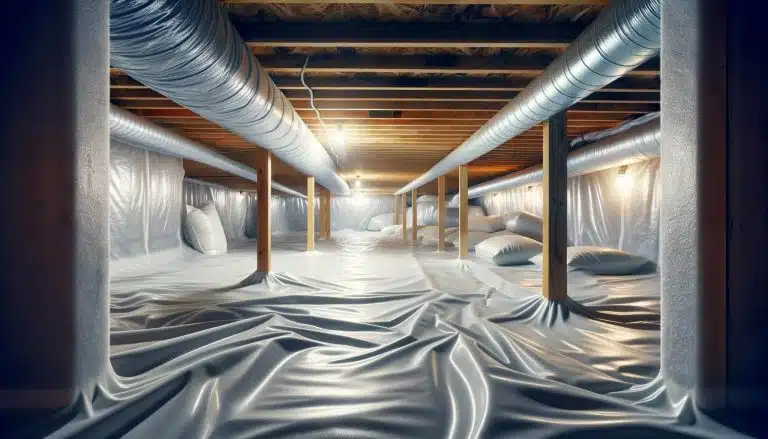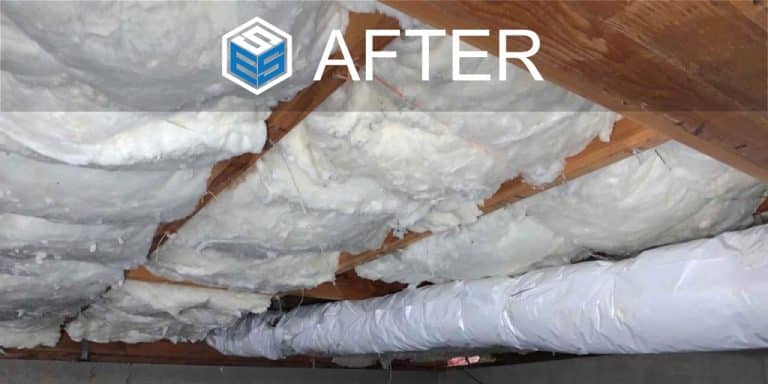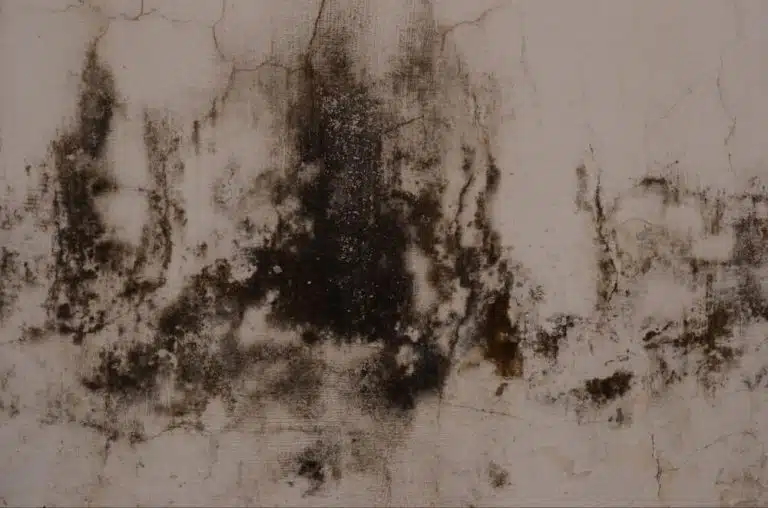A Guide to Foam Attic Insulation – What You Need to Know Before Going DIY
If you’re considering DIY foam attic insulation, you’re probably eager to save money on energy bills and create a more comfortable living space. But before you attempt to insulate your attic yourself, it’s important to know what you’re getting into.
Here are some essential things you need to know before venturing into the DIY world of attic insulation.
Prepare Adequately
When it comes to DIY foam insulation, preparation is key. You need to be sure that your attic is ready for insulation and make it as easy on yourself as possible. This means:
Sealing Gaps and Air Leaks
Air leaks and gaps can reduce the effectiveness of the foam insulation by allowing air to escape or infiltrate the attic space. Therefore, it’s essential to seal any gaps or air leaks in the attic space before applying the foam insulation. This involves sealing any holes, gaps, or cracks with caulk or expanding foam sealant.
Cleaning Attic Surface
Before you apply foam insulation, make sure that the attic surface is clean and dry. This ensures that the foam insulation adheres correctly and provides maximum insulation efficiency. Any dust, dirt, or moisture on the surface can reduce the insulation’s effectiveness and lead to future problems.
Protecting Electrical Wiring and Fixtures
Foam insulation can be a hazardous material that can damage electrical wiring and fixtures. Therefore, it’s essential to protect any electrical wiring or fixtures in the attic space is essential before applying the foam insulation. This involves covering them with protective barriers, such as plastic sheeting or cardboard.
Measuring and Calculating Insulation Needs
Before starting you get started on your project, you need to measure the attic space and calculate the amount of insulation you need.
This involves calculating the R-value of the insulation you need and determining the thickness required to achieve this value. Proper calculation ensures that you use the right amount of insulation and achieve maximum insulation efficiency.
The Types of Foam Attic Insulation
There are two kinds of foam attic insulation: open-cell and closed-cell.
Open-cell is the most common type of foam used for DIY projects because it’s easy to apply and it’s typically less expensive than closed-cell foam insulation.
However, it has a lower R-value (a measure of insulation’s ability to resist heat flow), which is why it’s best suited for areas that don’t require a high R-value, such as interior walls.
Also, it takes longer for open cell foam to harden and dry out, which means that more moisture can leak into your attic during application. This is a problem because moisture can damage insulation materials such as cellulose or fiberglass, leading to mold growth and other health issues.
Closed cell, which is the more expensive option, is harder to apply, but it has a higher R-value meaning it’s more effective at insulating your home. It also dries out faster, which means that it’s less likely to get damaged by moisture in the attic.
Due to its higher R-value, closed-cell foam is ideal for areas that require a high level of insulation, such as attics, crawl spaces, and unvented roofs.
You can use open-cell foam in these areas, but it’s not recommended because it won’t provide you with the same level of protection from heat loss.
Existing Insulation
The type and condition of the current insulation can impact the effectiveness and efficiency of foam insulation and affect the project’s overall cost.
It’s important, therefore, to determine if the current insulation needs to be removed or if foam insulation can be applied over it.
If the existing insulation is in good condition and does not contain any moisture or mold, you can apply the foam insulation over it to increase the R-value and overall insulation efficiency.
However, if it is damaged, contaminated with mold, or not up to code, you may need to remove it before applying foam insulation.
Keep in mind that removing the existing insulation can add to the project’s cost, but it can ensure that the new insulation is installed correctly and effectively.
In some cases, the existing insulation may be compatible with foam insulation and can be supplemented to enhance its effectiveness. On the other hand, if it is not compatible with foam insulation or is inadequate for your energy-saving goals, you may need to completely remove it before installing foam insulation.
This is why it is important to also consider the type of insulation that you have before installing foam.
Application Method
Foam insulation can be applied in several ways, depending on the specific needs of your project.
One common method is spray foam insulation, which involves spraying a liquid foam mixture onto the surfaces of your attic. The foam expands and hardens, forming an airtight seal that can help prevent heat loss and reduce energy bills.
Spray foam insulation is ideal for attics with irregular shapes or contours, as it can conform to the surfaces and provide a more complete seal.
Another popular method is foam board insulation, which involves cutting foam boards to fit between the rafters and securing them in place with adhesive or fasteners.
Foam board insulation is often used in attics with flat, even surfaces and can be a more cost-effective option compared to spray foam insulation.
Injection foam insulation is another method that involves injecting foam into existing walls or other enclosed spaces. This technique can be useful for insulating walls without having to remove drywall or other interior finishes.
There are also pre-fabricated foam insulation panels that can be installed in attics and other spaces. These panels are typically made from high-density foam and can be an effective and straightforward option for DIY insulation projects.
Bear in mind that when deciding which method of foam insulation to use, it’s important to consider factors such as the size and shape of your attic, the type of roof you have, and the existing insulation.
Safety Precautions
![]()
When it comes to DIY foam attic insulation, safety is of utmost importance. Foam insulation can be hazardous to your health if you inhale the fumes or come into contact with it, which is why you need to take the right precautions to protect yourself and your home.
This means wearing protective gear, which is a must-have when working with foam insulation. You should wear a respirator mask, long sleeves, pants, and chemical-resistant gloves to ensure your safety.
In addition to wearing protective gear, proper ventilation is also essential. A well-ventilated attic space will prevent the accumulation of harmful fumes and allow fresh air to circulate. You can achieve this by opening windows, using fans, or installing a ventilation system.
Another important safety consideration is avoiding electrical hazards. Foam insulation can be a fire hazard if it comes into contact with electrical wiring or fixtures. That’s why it’s crucial to turn off all electrical power to the attic space before starting the insulation process.
Additionally, it’s essential to avoid spraying foam insulation directly onto electrical fixtures, such as light fixtures, electrical outlets, or switches.
It’s also important to have a fire extinguisher on hand in case of a fire. Foam insulation is a flammable material, so having a fire extinguisher that is rated for Class B fires (flammable liquids) and Class C fires (electrical fires) is essential.
Also, make sure to follow the manufacturer’s instructions when applying foam insulation, as it’s crucial. This includes using the recommended application equipment, mixing ratios, and curing times.
By following the instructions, you can ensure that the foam insulation adheres correctly and provides maximum insulation efficiency.
Climate
Your local climate can significantly impact the type of insulation you need and the level of insulation efficiency required to maintain a comfortable indoor environment.
For example, in colder climates, a higher R-value is needed to maintain comfortable indoor temperatures during the winter months. In warmer climates, insulation can help to keep the home cool during hot summer months, but a lower R-value may be required.
In addition to the required R-value, climate can also impact the type of foam insulation that is most effective. For instance, closed-cell foam insulation is ideal for climates with high humidity because it is less permeable to moisture. On the other hand, open-cell foam insulation may be suitable for areas with lower humidity levels.
It’s also essential to consider the unique weather patterns in your area when installing foam insulation. For example, if your area experiences heavy rainfall or snowfall, it’s essential to ensure that the insulation is adequately protected against moisture damage.
Cost of the Insulation
The cost of foam insulation can vary significantly depending on the type and quality of the insulation you choose. Closed-cell foam insulation is generally more expensive than open-cell foam insulation, but it’s also more effective.
The cost of the insulation is also dependent on the size of the area you need to insulate. Therefore, you must create a budget and calculate the cost of materials before you start your DIY project.
Final Thoughts
Foam attic insulation is an effective way to improve your home’s energy efficiency and reduce your utility bills. While the DIY approach can be tempting, it’s important to have a good understanding of the process and the materials involved before embarking on this project.
Remember to prioritize safety, take the necessary precautions, and consult with professionals if you’re unsure about any aspect of the process. With the right preparation and approach, foam attic insulation can be a rewarding and cost-effective investment in the comfort and energy efficiency of your home.







